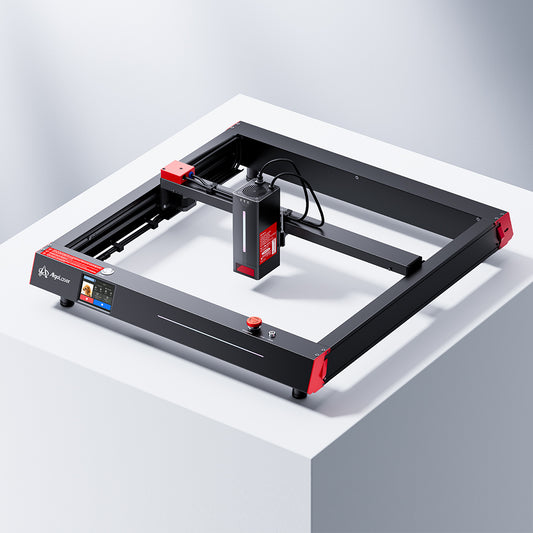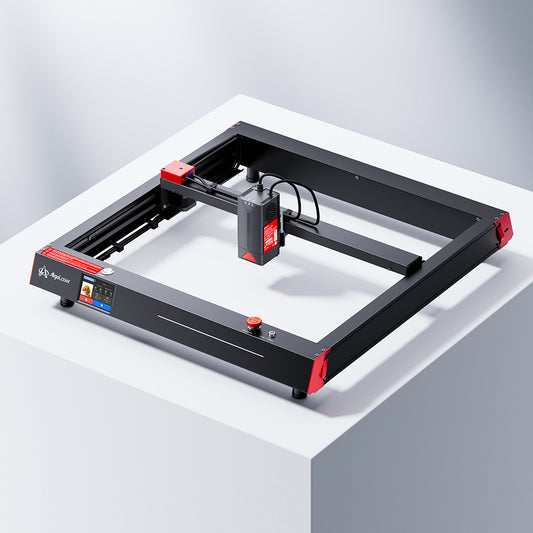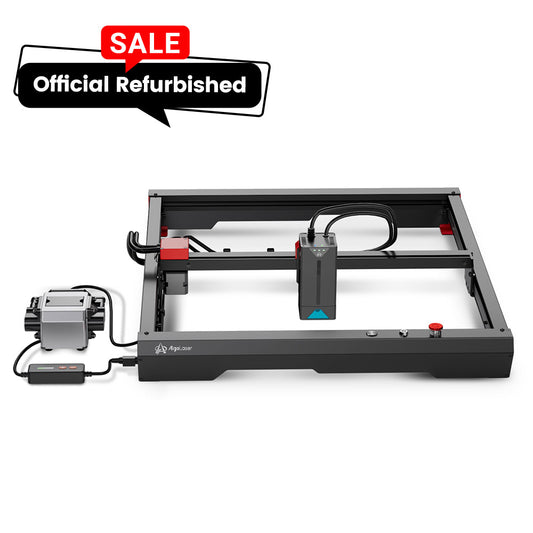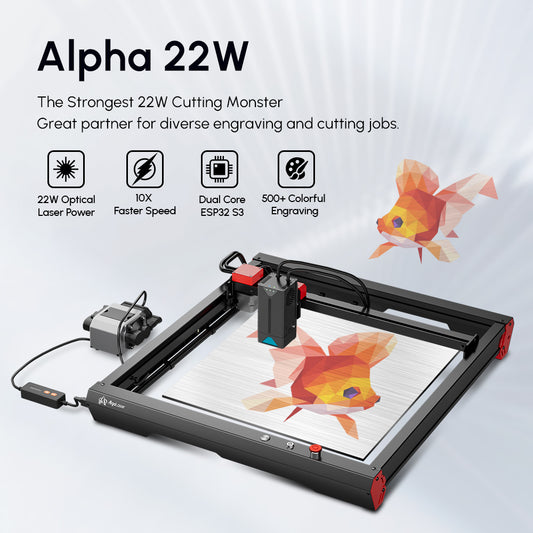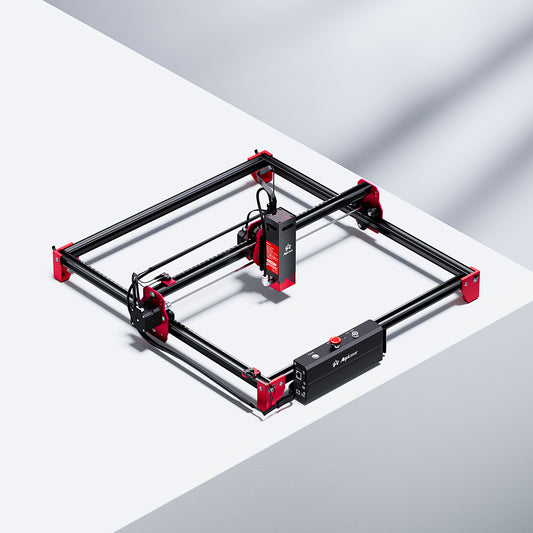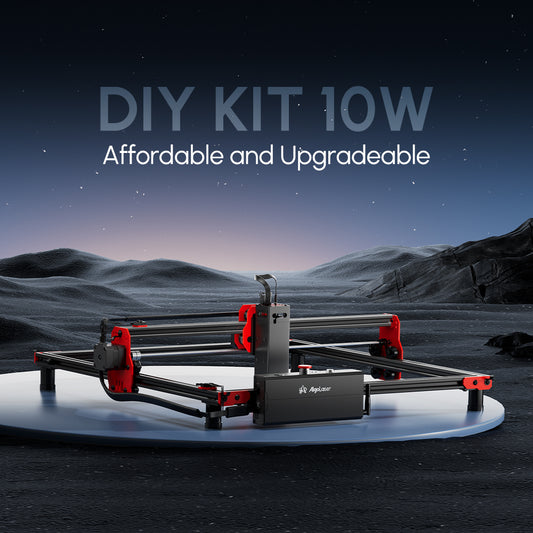Diode Laser vs. Traditional Engraving on Fabrics: Precision Meets Craft
Fabric has always been a favorite medium for personalization, from embroidery to hand-engraving methods that give garments and textiles their unique character. But in recent years, laser engraving has emerged as a modern alternative, offering unmatched precision, speed, and versatility. When it comes to fabrics, the comparison between diode laser engraving machines and traditional fabric engraving techniques highlights just how far technology has brought this art.
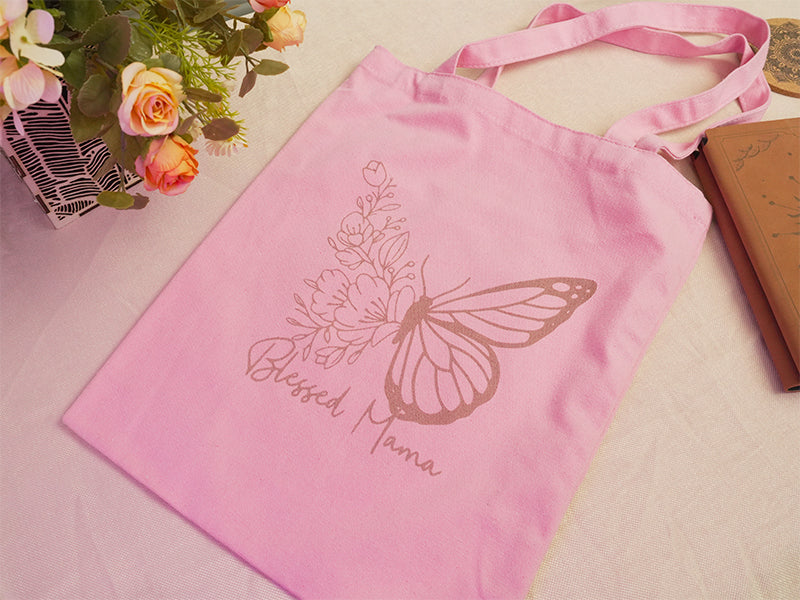
Understanding Fabric Engraving with Lasers
Laser engraving on fabric works by directing a concentrated beam of light onto the surface, vaporizing or etching the fibers to create permanent marks. Unlike mechanical tools, which apply physical pressure, the laser is a non-contact process. This means there is no risk of tearing, stretching, or distorting the fabric. Even the most delicate textiles—cotton, silk, satin, or velvet—can be engraved with surprising accuracy.
Diode lasers, in particular, are popular because of their affordability and ability to work at low power settings. Their fine spot size makes them ideal for intricate patterns on thin natural fibers. On the other hand, more powerful laser systems, such as CO₂, are often used for larger-scale applications or when cutting and engraving synthetic fabrics that require higher wattage.
Traditional Fabric Engraving in Perspective
Traditional methods of fabric engraving rely heavily on manual craftsmanship. Techniques might involve rotary tools, heated branding, or hand-cut patterns. While these methods can achieve beautiful, tactile results, they are less precise and far more time-consuming.
The outcome depends heavily on the artisan’s skill, and results may vary from piece to piece. For thicker fabrics like denim or canvas, traditional engraving may work reasonably well. But for finer materials such as silk or polyester, the risk of fraying or warping is significant.
Comparison: Diode Laser Engraving vs. Traditional Methods
| Feature | Diode Laser Engraving | Traditional Engraving |
|---|---|---|
| Precision & Detail | Extremely fine detail, capable of replicating small fonts and complex designs consistently | Depends on artisan skill; difficult to achieve fine or repeatable patterns |
| Speed & Efficiency | Fast, automated, and ideal for batch processing | Slow, labor-intensive, and not suited for large production runs |
| Material Compatibility | Works best with natural fibers like cotton, linen, and denim; adjustable for some synthetics | Possible on most fabrics but risks damaging delicate materials like silk or polyester |
| Consistency | Every piece looks the same thanks to digital control | Results vary depending on tool sharpness and user technique |
| Durability | Permanent marks resistant to fading and washing; seals edges on synthetics | Marks may wear down or fray over time, especially with frequent laundering |
| Setup & Maintenance | Minimal upkeep; no tool wear; simple to operate | Tools dull and require frequent maintenance; setup depends on artisan’s expertise |
| Cost & Accessibility | Entry-level friendly; affordable for hobbyists and small businesses | Low entry cost but high time investment; less practical for scaling |
| Aesthetic Appeal | Clean, modern finish ideal for branding and personalization | Handcrafted texture with a unique artisanal feel |
| Safety | Non-contact process reduces risk of fabric tearing and user injury | Requires careful handling of sharp or heated tools; higher risk of material damage |
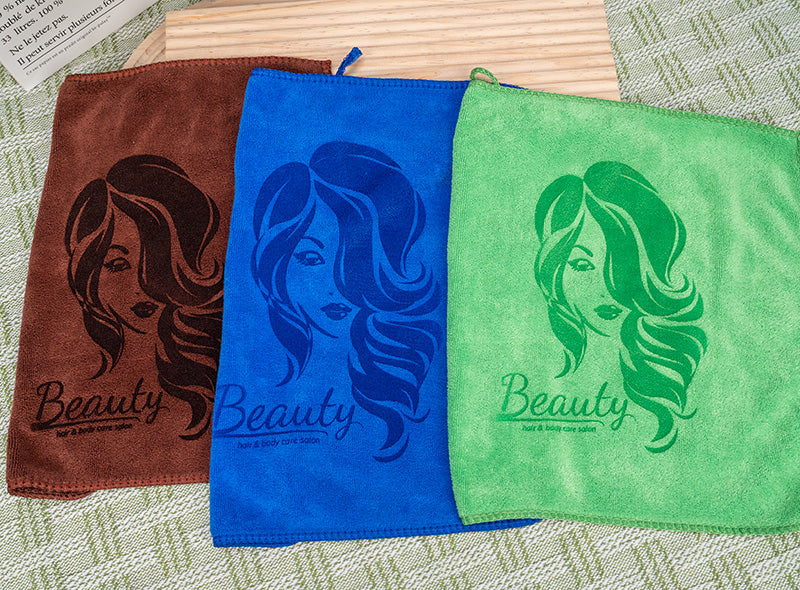
Key Advantages of Diode Laser Engraving Over Traditional Methods
1. Precision and Detail
Diode lasers excel at producing sharp, clean lines. They can engrave small fonts, complex patterns, or photographic designs that would be nearly impossible to achieve by hand.
2. Speed and Efficiency
What might take hours with manual tools can be accomplished in minutes with a laser. Because the process is automated, engraving multiple pieces in a batch is both practical and consistent.
3. Material Compatibility
Natural fabrics like cotton, linen, and denim respond especially well to diode laser engraving. The laser gently etches the fibers without damaging the overall integrity of the material. Synthetic fabrics, while more challenging, can also be engraved with the right parameters, often producing sealed edges that prevent fraying.
4. Consistency
Every piece engraved with a diode laser will look the same. Traditional methods, by contrast, may yield variations in depth, line thickness, and alignment.
5. Low Maintenance
Diode lasers are simple to maintain. They don’t require water cooling systems or constant adjustments, and the wear-and-tear on the equipment is minimal compared to the constant sharpening or replacement of manual engraving tools.
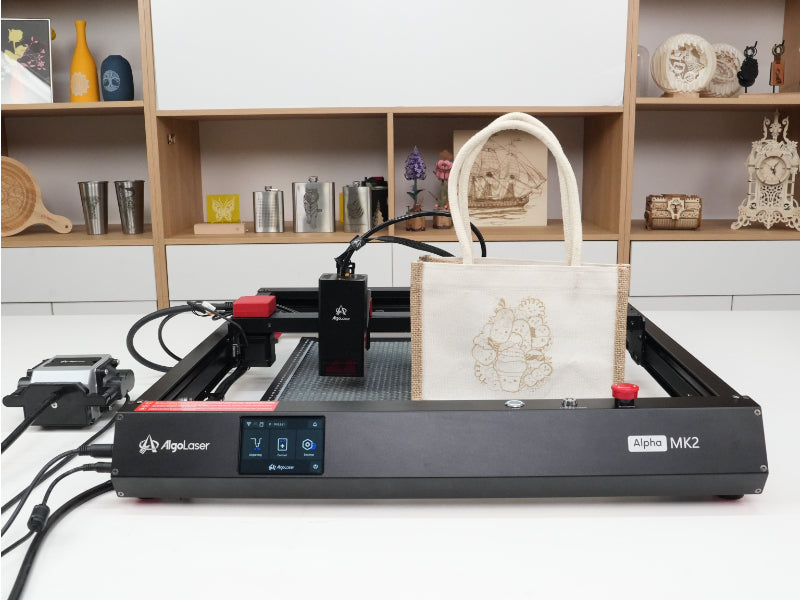
Safety and Setup
For laser engraving on fabric, preparation plays an important role. The fabric should be smooth, wrinkle-free, and securely fixed in place to avoid distortion during engraving. Pre-washing the fabric can also prevent shrinking or distortion after processing.
Unlike traditional engraving tools, lasers don’t rely on direct contact, reducing the risk of accidental tears or injuries from slips. The process is clean, with minimal dust or debris, and requires only occasional surface cleaning after engraving.
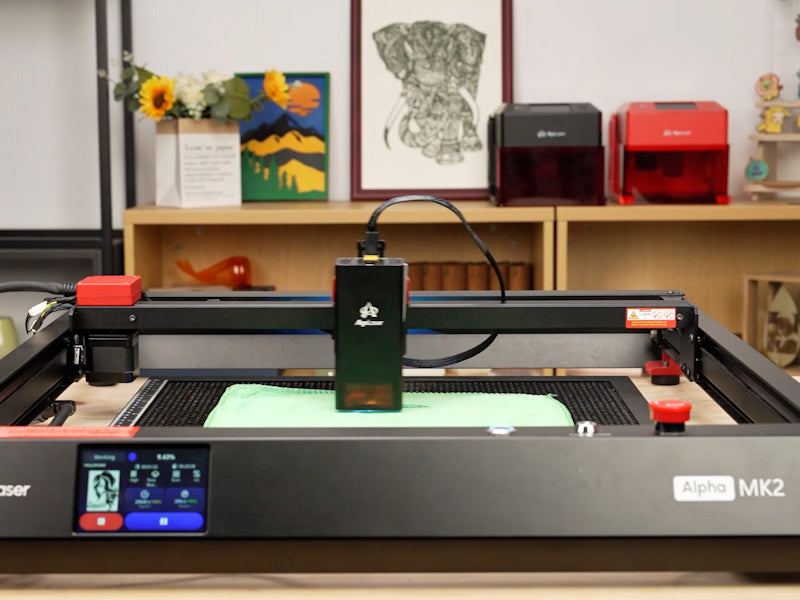
Aesthetic and Durability
Laser-engraved fabrics are not only precise but also durable. The marks are permanent, resistant to fading, and able to withstand regular washing, especially on natural fibers. On synthetic fabrics, laser engraving can even enhance durability by melting the edges and preventing unraveling.
Traditional methods, while capable of producing beautiful textured effects, may not always offer the same longevity. Engraved marks might wear down faster, particularly with repeated handling or laundering.
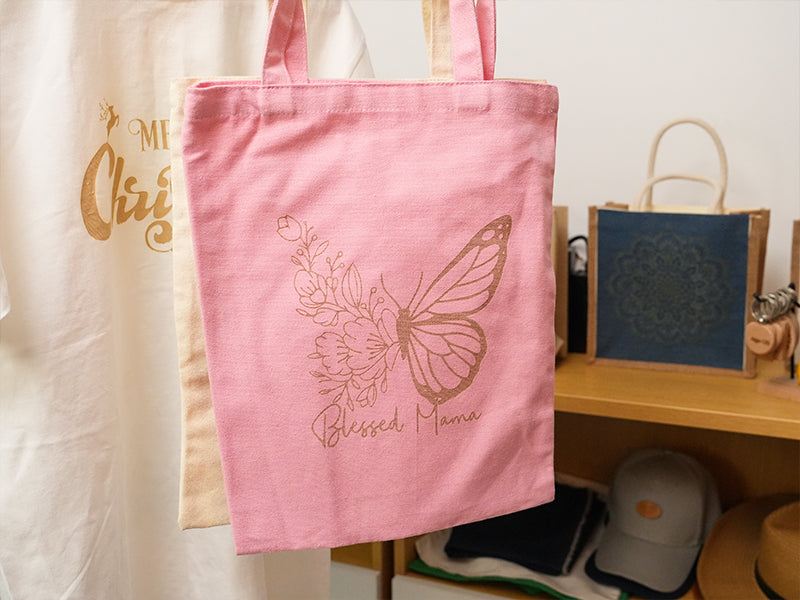
Choosing Between Diode Laser and Traditional Engraving
The choice between diode laser engraving and traditional engraving methods often comes down to purpose.
· For artistic, one-of-a-kind projects, traditional engraving has its place. The human touch can create depth and personality that machines can’t replicate.
· For detailed, repeatable, and efficient results, a diode laser engraver is the clear winner. It ensures precision, speed, and consistency while remaining accessible in terms of cost and maintenance.
Final Thoughts
Fabric engraving has evolved from a purely manual craft into a blend of artistry and technology. Diode laser engraving machine makes it possible to create intricate designs with unmatched accuracy, opening new possibilities for personalization, branding, and fashion innovation. While traditional methods retain their charm and unique artistry, the speed, precision, and reliability of modern diode lasers are transforming the way fabrics are customized today.
In the end, both methods have their place—one grounded in timeless craftsmanship, the other driven by technological progress. Together, they tell the story of how fabric engraving continues to evolve in a world where creativity meets innovation.
